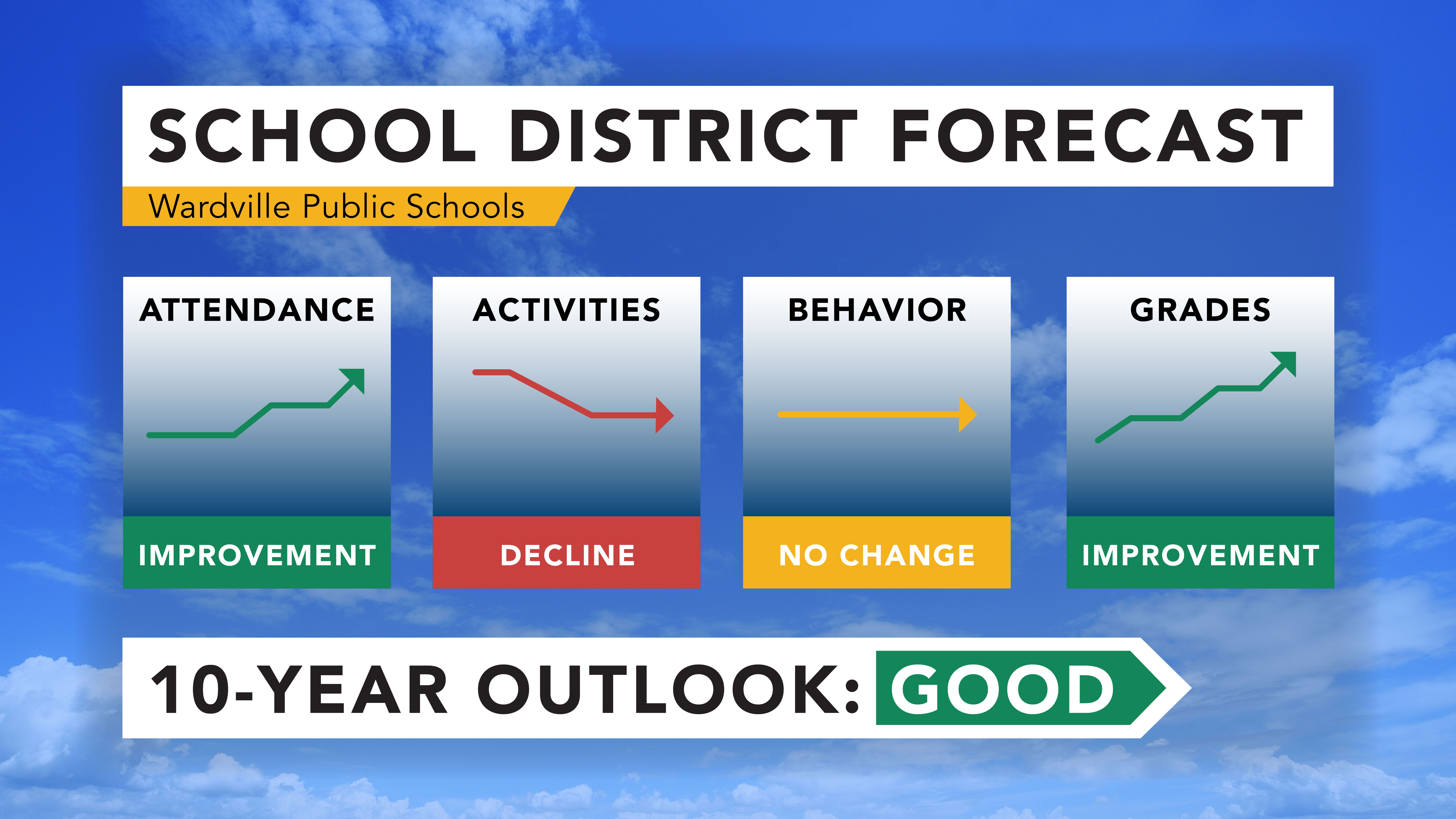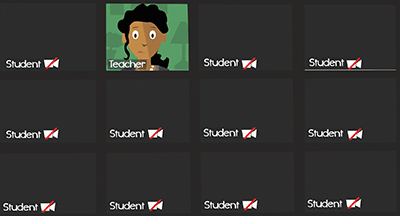
It’s no secret that schools safeguard a wealth of student data.
Most districts rely on a student information system (SIS) to keep student information such as personal identifying information (PII), demographic data, grades, attendance, behavior, and more. But do all districts take full advantage of their data to track student success?
Why use predictive education insights?
Educational data analytics have come a long way. From teachers marking up beautiful handwritten gradebooks to today’s robust SIS solutions, educators are about to dive into predictive education insights. This means that not only is educational data analyzed and displayed so educators can easily read it, but also that data is used to forecast how students will fare if they stay on their current achievement track.Predictive education insights are made possible through analyzing data in the cloud and presenting it visually—also called educational data analytics.
What do educators use predictive education insights to do?
Each educator wants to help students grow and succeed. Predictive education insights can help create a roadmap or action plan to get students from their starting point to their goal—whether that is grade-level standards or improvement on their intervention plan.Predictive education insights do not guarantee success. But when expert coaches can plot a potential growth curve, it may inform their strategies for engaging students.
Let’s look at an example of what predictive education insights can help educators do.
An example of predictive education insights in action
Let’s say a school principal is looking for trends to inform professional development offerings. The principal can gather data about student performance and outcomes, but interpreting the data is a long and tedious process. Instead, using educational data analytics, the principal sees a range of visual interpretations of the data.From these charts, the principal can see not only a snapshot of student attendance, grades, GPA, and behavior incidents, but also use these analytics to identify and predict trends. When school leaders have a good idea of the direction student achievement is trending, it’s easier to select PD for educators to support positive trends or intervene in negative trends.
Want to see more of what predictive education insights can do?
Check out DistrictPulse, an educational data analytics solution.WHAT'S NEXT FOR YOUR EDTECH? The right combo of tools & support retains staff and serves students better. We'd love to help. Visit skyward.com/get-started to learn more.

|
Erin Werra Blogger, Researcher, and Edvocate |
Erin Werra is a content writer and strategist at Skyward’s Advancing K12 blog. Her writing about K12 edtech, data, security, social-emotional learning, and leadership has appeared in THE Journal, District Administration, eSchool News, and more. She enjoys puzzling over details to make K12 edtech info accessible for all. Outside of edtech, she’s waxing poetic about motherhood, personality traits, and self-growth.




